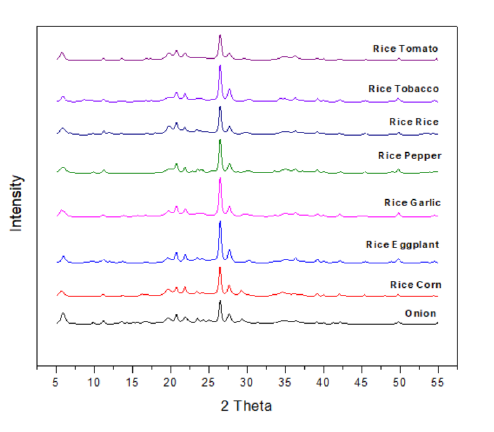Soil Cabon Sequstration Assessment in Major Cropping Patterns of the City of Batac, Philippines
Keywords:
Soil organic carbon, Cropping pattern, Climate changeAbstract
This study focused on assessing soil’s capacity to sequester carbon under different rice-based cropping patterns that could result in formulation-specific soil and crop management for climate change mitigation in the agriculture sector. This study was conducted in the City of Batac with intensified and diversified cropping patterns centered around rice cultivation. A quantitative research design was employed to measure the different cropping patterns against the different soil characteristics. The hypotheses were tested focusing on the relationship among the variables through correlation and regression analysis. The cropping patterns observed in Batac City were dominantly rice followed by any of the following crops; corn, shallot, eggplant, rice, tomato, pepper, garlic, and tobacco. This cropping pattern is assumed to influence soil’s pH, organic matter (OM), % carbon, phosphorus (P), potassium (K), bulk density, soil texture, moisture content, and soil carbon stock. Carbon stock was significantly influenced by soil organic matter content in various cropping patterns. Rice-tobacco exhibited the highest carbon stock (1.80%), while rice-garlic (0.63%) and rice-corn (0.60%) had the lowest carbon stocks. Due to their distinct organic matter compositions, different cropping patterns led to varying carbon stock levels. A regression model was constructed to predict the soil carbon stock variable using various predictors such as soil pH, soil texture, soil weight, phosphorus, potassium, Carbon, cropping pattern, and clay content. The regression model displayed a perfect fit with an R-squared value of 1.000, suggesting that the predictors collectively explain all the variability in the SC Stock variable. The model was statistically significant, as indicated by the low p-value and the significant F-test. Given the results, a further study should be done to have a thorough understanding of the physical, chemical, mineralogy, geology, and environmental conditions of a given area, which is necessary to fully interpret the significance of the above results. Importantly, this study can be used to design informed decision-making and advocacy for cropping patterns and management to be disseminated to farmers.

